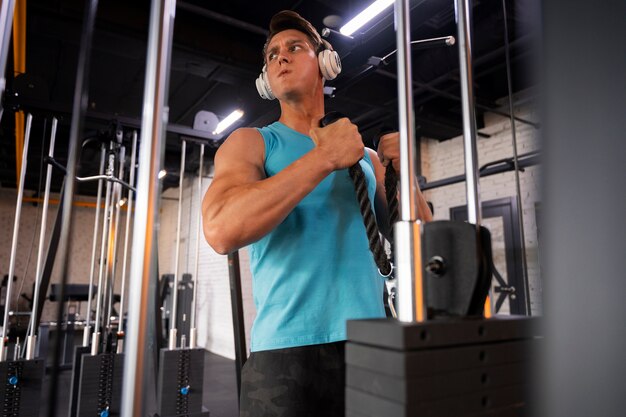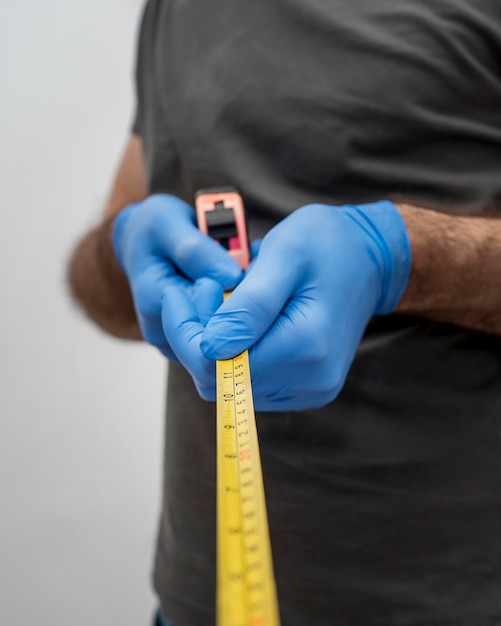The human body’s skeletal system is vital not only for organ protection and movement but also for storing important minerals. In adults, the human skeleton consists of approximately 206 bones, with babies initially having about 270 bones. This number decreases as some bones fuse together during growth.
The skeleton is divided functionally into the axial and appendicular skeleton. The axial skeleton protects the brain, spinal cord, and thoracic organs. Meanwhile, the appendicular skeleton facilitates movement by supporting limb motions and anchoring muscles.
Axial Skeleton distribution involves the skull, vertebral column, rib cage and the hyoid bone. On the other hand, the Appendicular Skeleton includes the upper and lower limbs, shoulder girdle and pelvic girdle.
From infancy to adulthood, our skeletal system undergoes significant changes. Initially, children have about 270 bones that fuse over time. In addition, the skeleton plays a role in blood cell production, a process known as hematopoiesis, in the bone marrow.
Bones provide support, facilitate movement, protect vital organs, store essential minerals, regulate acid-base balance, aid in hematopoiesis, and play a key role in sound transduction. They are dynamic structures that adapt and remodel to meet the body’s needs.







